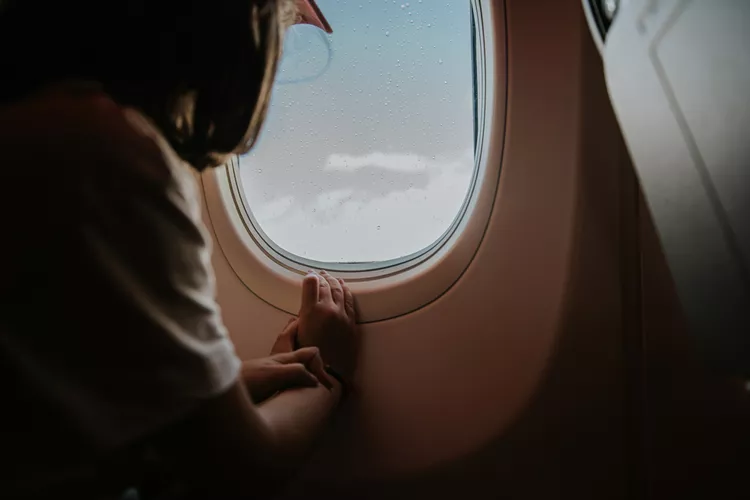Understanding Airplane Windows
Gazing out of an airplane window while flying provides a unique vantage point of the world below. It is incredible to think about the pressure exerted on that thin window pane separating you from the expanse of the sky.
The Importance of Air Pressure
As you ascend above sea level, the air pressure and oxygen levels decrease significantly, which can be challenging for humans. Therefore, airplanes are designed to be pressurized, ensuring a safe and comfortable journey for passengers. According to an Airbus spokesperson, “As the aircraft ascends during flight, air pressure drops within the cabin. However, aircraft are designed to maintain a safe air pressure inside the cabin for passenger comfort.”
Design Features of Airplane Windows
:max_bytes(150000):strip_icc():format(webp)/TAL-airplane-window-hole-HOLE0923-363096ee72c74d8b8ba218e5c6c5b8b7.jpg)
Interestingly, the windows are one of the weaker points of an airplane, crafted from acrylic, which isn’t as robust as the metals usually making up the fuselage. Despite this limitation, completely removing windows would be impractical since they are crucial for visibility and safety during emergencies. Consequently, airplane windows are designed for maximum strength.
Safety Implications of the Bleed Hole
The windows are expertly crafted with three panels: an outer pane that withstands air pressure differences, a middle pane featuring the vital bleed hole to balance pressure, and a thin inner pane known as a scratch pane, protecting the other panes from damage. According to the Airbus representative, the bleed hole is essential for maintaining the pressure equilibrium between the outer and middle panes.
So, what if one of these panes were to fail? Fortunately, the risk is minimal. The Airbus spokesperson commented, “Both the outer and middle panes are structural, so there are two layers of redundancy. As such, even if one layer were to be dislodged, the other pane could withstand the stress.” Moreover, the inner scratch pane is non-structural, meaning that even if it is scratched or loose, the integrity of the window remains intact.
Moisture Management in Airplane Windows
Additionally, the bleed hole serves another purpose: it allows moisture to escape from between the panes, preventing fog and frost. Consequently, when you enjoy the view from your seat, you can appreciate that small bleed hole for maintaining clarity and ensuring your safety on board.




